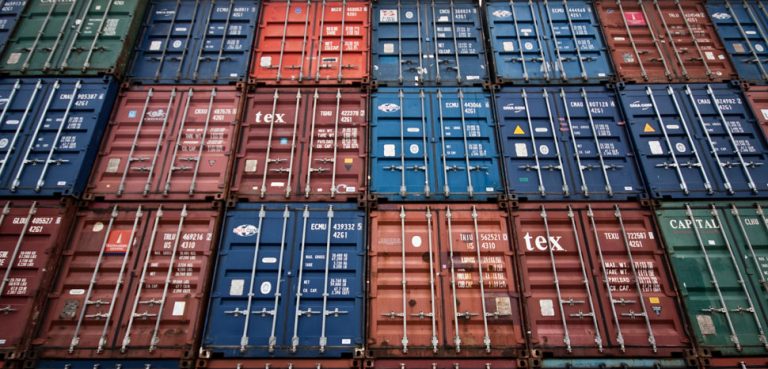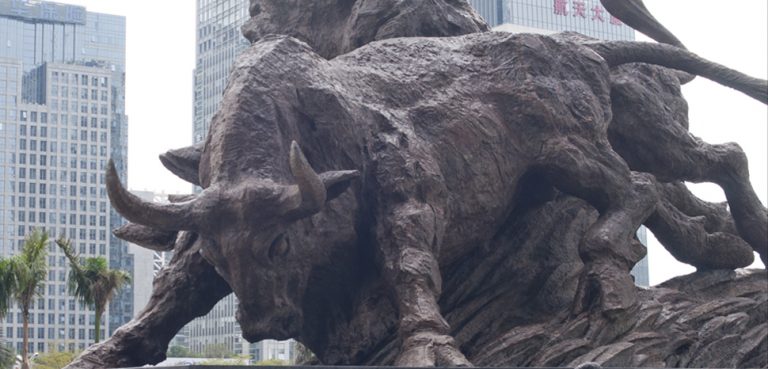Summary
China broke yet more international trade records with its spending in 2017, including importing a historically high amount of iron ore according to shipping industry outlets. The world’s second-largest economy also imported a record high of 95.54 million tonnes of soybeans last year, while a massive gasification drive helped gas imports hit a new record as well. Shipments of oil, gas, and copper concentrate all hit record highs in 2017, whilst other commodity markets such as coal enjoyed a burst of Chinese spending which, while not record-breaking, were still significant.
It would seem that China is revving up a commodity supercycle ala the early 2000s, when China-fueled growth drove the global economy to new heights. However there are still structural factors that risk slowing down the Chinese growth engine in 2018.
Impact
Helped by China’s record-breaking commodities purchases, plus a robust rally in crude oil prices, a positive outlook for growth amongst most of the OECD countries, and stronger manufacturing levels globally through 2017, the Bloomberg Commodity Spot Index (which tracks the price of 22 raw materials) has reached its highest level since 2014. Nonetheless, an anti-smog crackdown, an explosive build-up in debt and financial risks from construction and tighter local government finances are all pointing to an overall slowdown in China’s imports and exports for 2018. This makes it unlikely that China’s industrial activities will endure at such a frantic pace in 2018, with a (mostly) seasonal slowdown in December already making itself felt. However this is predicted to be a market correction that brings commodities back into balance rather than a crash. Chinese economic growth in 2018 is predicted to be 6.4 percent, down from an expected 6.8 percent in 2017 but hardly catastrophic.




